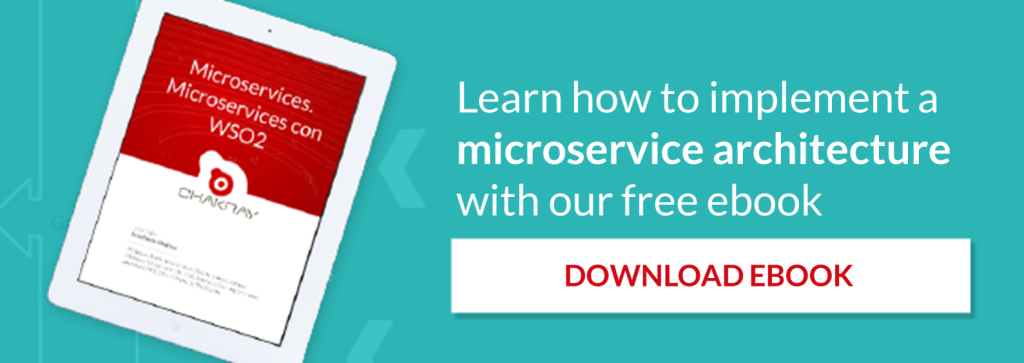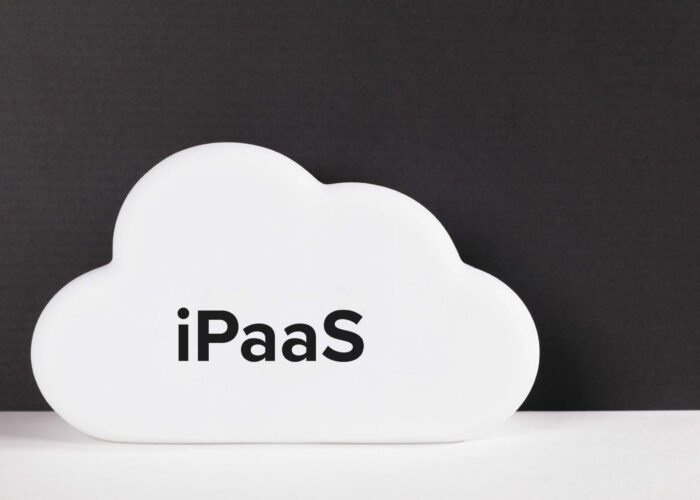Too many times, urgency defines corporate IT structures. When we find a need, we try to solve it as fast as possible with a new service or a quick adjustment, without considering its integration with the rest of our company’s IT architecture. The outcome? We end up with systems that are complex, rigid, and tedious to work with. One example is the case seen many times in sales and finances. We enter a sale on the CRM, but we have to invoice using another system – which we additionally need to access using another password.
In order to overcome this situation, many companies decide to use basic IT solutions that manage to communicate some of the company services and computers, but they are still emergency solutions that only succeed at overcoming an issue at a specific moment.
In other words, they are not integrations that follow a roadmap or are properly planned to give a global solution to all of our systems. For example, we may be able to communicate our CRM with the financial system, but it is just a patch in our IT structure that does not truly solve our core issue: that our systems are not communicated.
These makeshift solutions only add complexity to our architectures, and will fail as soon as our systems grow. A problem that will affect employee productivity and the usability of our systems. And what are our systems if they do not aid the employee or our company? A failure.
In order to improve the efficiency of our systems, we need a solution that is easy to implement, and cost-effective. The most feasible way to overcome all of these issues is generating a full integration of our systems, and automate some of the most tedious or recurrent processes in order to make the job easier for our company’s staff.
“Integrating and automating our systems will make our company’s job easier”
The WSO2 platform, for example, could help us achieve this goal. It is a middleware, open-source platform capable of integrating all types of IT applications, thereby simplifying everyday company operations.
For example, WSO2 Identity Server may help users of our systems to connect and log into our services using a single user and password. Undoubtedly, this feature handles the problem and facilitates the use of our systems, as well the work of our IT team. With WSO2 IS we can easily add and delete users, as well as control what they can access within our systems.
On the other hand, WSO2 ESB can also play a major role in integrating our services. This integration bus has the ability to connect several systems, no matter their language.
Once all of our services are integrated, we can make the most out of them using WSO2 Data Analytics Server. It will allow us to analyse the information and data of our company in order to attain smarter systems that help us with the company’s digital transformation. WSO2 DAS is a powerful analytics product that helps us analyse data in real time, track its impact, identify patterns and react in a matter of milliseconds. Thanks to this, we could automate events, thereby making the use of our systems easier.
If using our company’s systems is difficult or tedious, we are making a mistake. IT must work towards improving productivity and efficiency in our company – by implementing systems that are difficult to use and do not communicate with each other, we will not achieve this goal. Thanks to the integration and automation of our systems, we will significantly improve our IT infrastructures, and by using Open Source platforms such as WSO2, this may be easy and affordable.







